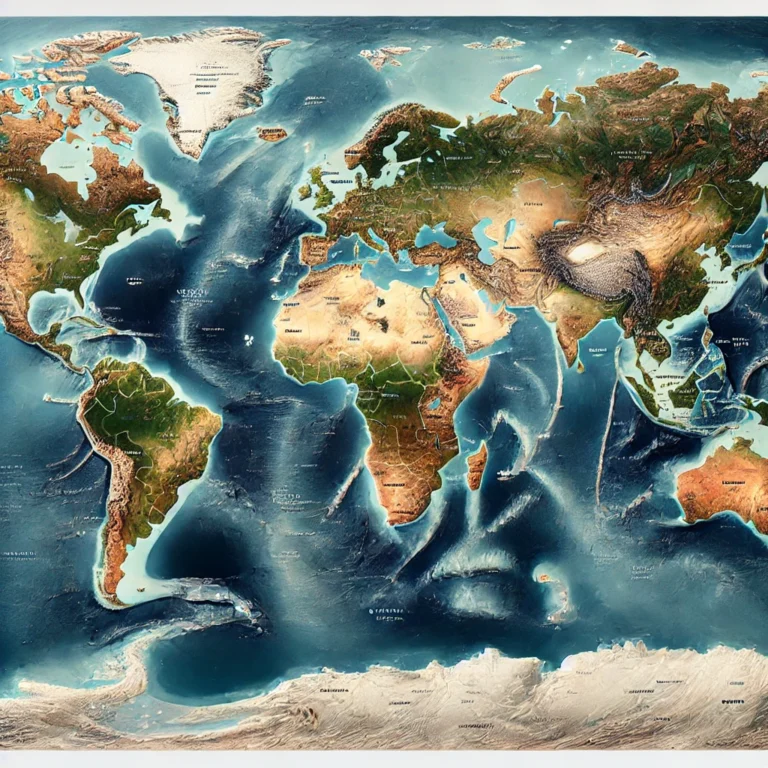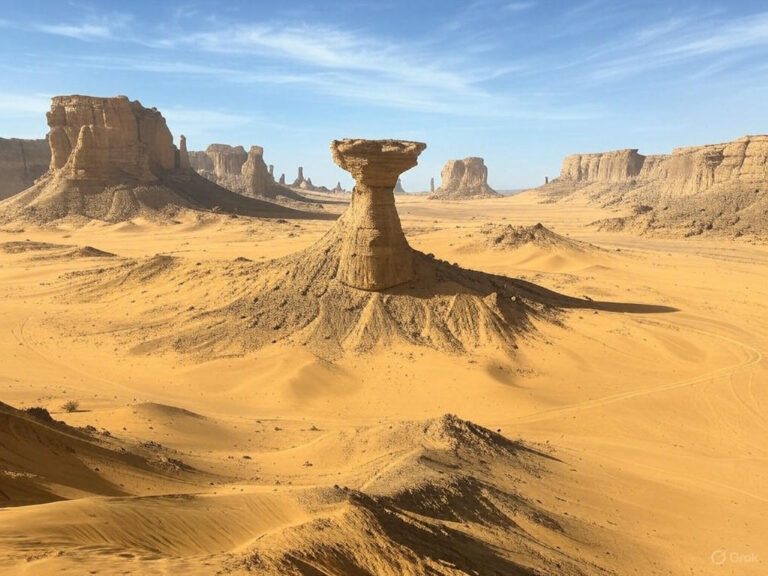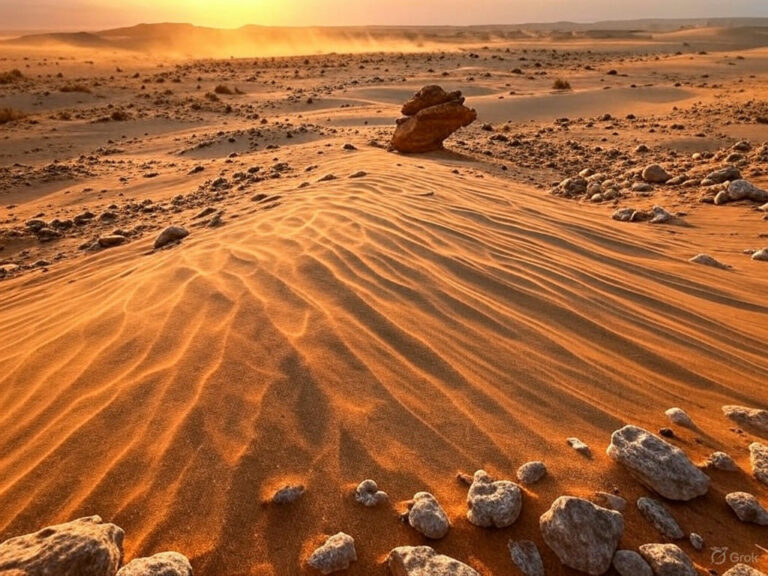Major Lakes of South America
South America has two iconic lakes that are often confused due to their size and importance. But their geography, ecology, and utility set them worlds apart. Let’s understand:
Lake Titicaca — “The Roof-Top Lake”
Imagine a huge, calm lake nestled high in the Andes Mountains, right on the border of Peru and Bolivia. That’s Lake Titicaca.
- It sits at 3,812 meters above sea level, making it the highest navigable lake in the world — where even small boats and ships can operate.
- It holds the record for being South America’s largest freshwater lake in terms of both volume and surface area.
- Surrounded by mountains and traditional communities, Lake Titicaca has cultural and ecological significance. It’s home to unique species and floating reed islands made by the indigenous Uros people.

Lake Maracaibo — “Not Exactly a Lake!”
Now, contrast that with Lake Maracaibo in Venezuela.
- While it appears to be a lake, it’s technically a brackish tidal bay — meaning it has both freshwater and seawater, and it connects directly to the Caribbean Sea through a narrow strait.
- Interestingly, Maracaibo has a larger surface area than Lake Titicaca, but because it’s a tidal inlet, it doesn’t qualify as a traditional lake.
- It’s a petroleum powerhouse — the region around it is one of the richest oil-producing zones in the world.
- It’s also famous for a bizarre natural phenomenon: the Catatumbo lightning — continuous thunderstorms that occur for over 200 nights a year!
Quick Comparison Table
| Feature | Lake Titicaca | Lake Maracaibo |
| Type | Freshwater lake | Brackish tidal bay (not a true lake) |
| Location | Border of Peru and Bolivia (Andes) | Northwestern Venezuela |
| Elevation | 3,812 m (world’s highest navigable lake) | Sea level |
| Surface Area | Smaller than Maracaibo | Larger surface area than Titicaca |
| Economic Importance | Fishing, tourism, cultural heritage | Major oil-producing region |
| Notable Feature | Floating islands, high-altitude ecology | Catatumbo lightning, oil reserves |
Conclusion
So, while Lake Titicaca reigns as the highest and most iconic freshwater body, Lake Maracaibo dominates in surface area and economic value, though it’s not a lake in the strictest sense. Together, they reflect the diverse physical and economic geography of South America — from sacred highlands to oil-rich coasts.






